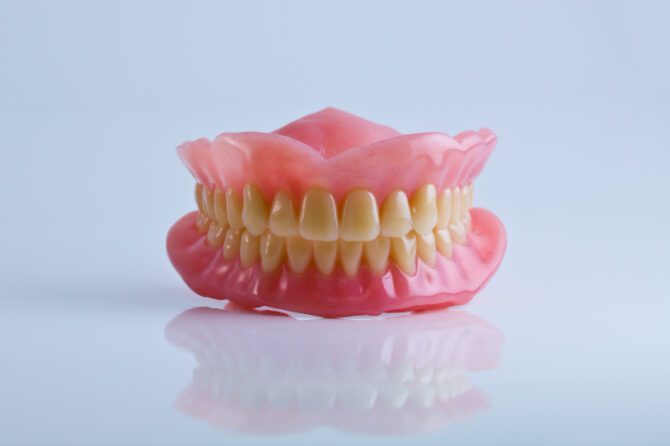
The Ultimate Guide to Different Types of Dental Fillings
Choosing the right type of dental filling can significantly impact your oral health and the longevity of your dental work. Therefore, this comprehensive guide explores the various types of dental fillings available, helping you make an informed decision for your dental care. Our focus keyword for this blog is types of dental fillings.
Understanding Dental Fillings
Dental fillings are materials used to restore the function, integrity, and morphology of missing tooth structure resulting from cavities or external trauma. Moreover, selecting the appropriate filling type depends on several factors, including the location of the cavity, the extent of decay, and your budget.
Types of Dental Fillings
Amalgam Fillings
What are Amalgam Fillings?
Amalgam fillings, also known as silver fillings, have been used for over a century. They are a mixture of metals, including silver, mercury, tin, and copper.
Pros and Cons of Amalgam Fillings
Pros:
- Durable and long-lasting
- Cost-effective
- Resistant to wear
Cons:
- Noticeable appearance
- Potential health concerns due to mercury content
Composite Fillings
What are Composite Fillings?
Composite fillings, also known as tooth-colored fillings, are made from a mixture of plastic and fine glass particles. Additionally, they are designed to match the color of your natural teeth.
Pros and Cons of Composite Fillings
Pros:
- Aesthetically pleasing
- Bonds directly to the tooth structure
- Versatile and can be used for various dental repairs
Cons:
- Less durable than amalgam fillings
- More expensive than amalgam fillings
Ceramic Fillings
What are Ceramic Fillings?
Ceramic fillings consist of porcelain and are renowned for their natural appearance and durability.
Pros and Cons of Ceramic Fillings
Pros:
- Highly resistant to staining
- Natural appearance
- Long-lasting
Cons:
- More expensive than composite and amalgam fillings
- Can be brittle and may require more tooth structure removal
Gold Fillings
What are Gold Fillings?
A gold alloy forms gold fillings, known for their durability and longevity.
Pros and Cons of Gold Fillings
Pros:
- Extremely durable and long-lasting
- Biocompatible and non-corrosive
Cons:
- Very expensive
- Noticeable appearance
- Requires multiple dental visits for placement
Choosing the Right Type of Filling
Factors to Consider
When deciding on the types of dental fillings, consider the following factors:
- Location of the Cavity: Visible teeth may benefit from tooth-colored fillings, while molars might be better suited for durable materials like amalgam or gold.
- Extent of Decay: Larger cavities may require stronger materials to withstand chewing forces.
- Budget: Consider the cost of each type of filling and what you can afford.
Consult with Your Dentist
Your dentist can provide personalized advice based on your dental health, needs, and preferences. They can help you weigh the pros and cons of each filling type and recommend the best option for your situation.
Maintaining Your Fillings
Good Oral Hygiene
Maintaining good oral hygiene is crucial for the longevity of your fillings. Therefore, brush twice a day, floss daily, and use an antibacterial mouthwash to keep your mouth clean.
Regular Dental Check-ups
Visit your dentist regularly for check-ups and cleanings. This way, they can monitor the condition of your fillings and address any issues early on.
Avoiding Hard Foods
Avoid chewing on hard foods or objects that could damage your fillings, such as ice, hard candies, and pens.
Final Thoughts on Types of Dental Fillings
Choosing the right type of dental filling is essential for maintaining your oral health and ensuring the longevity of your dental work. Therefore, by understanding the different types of dental fillings available and consulting with your dentist, you can make an informed decision that best suits your needs and preferences.
Remember, each type of filling has its own set of advantages and disadvantages. Therefore, consider your specific dental situation, budget, and aesthetic preferences when making your choice. Ultimately, with the right filling, you can restore your smile and maintain your dental health for years to come.
Leave a reply